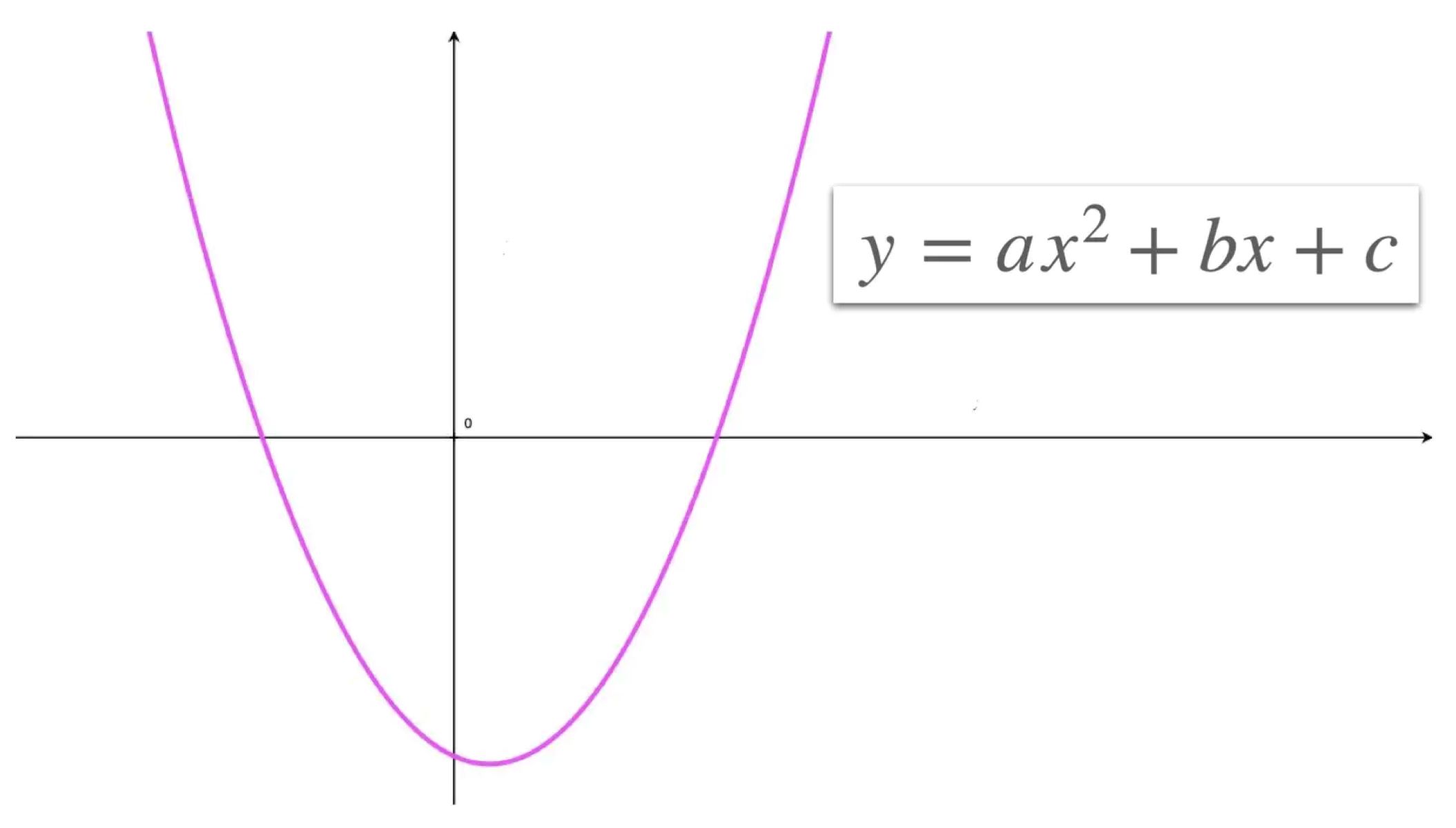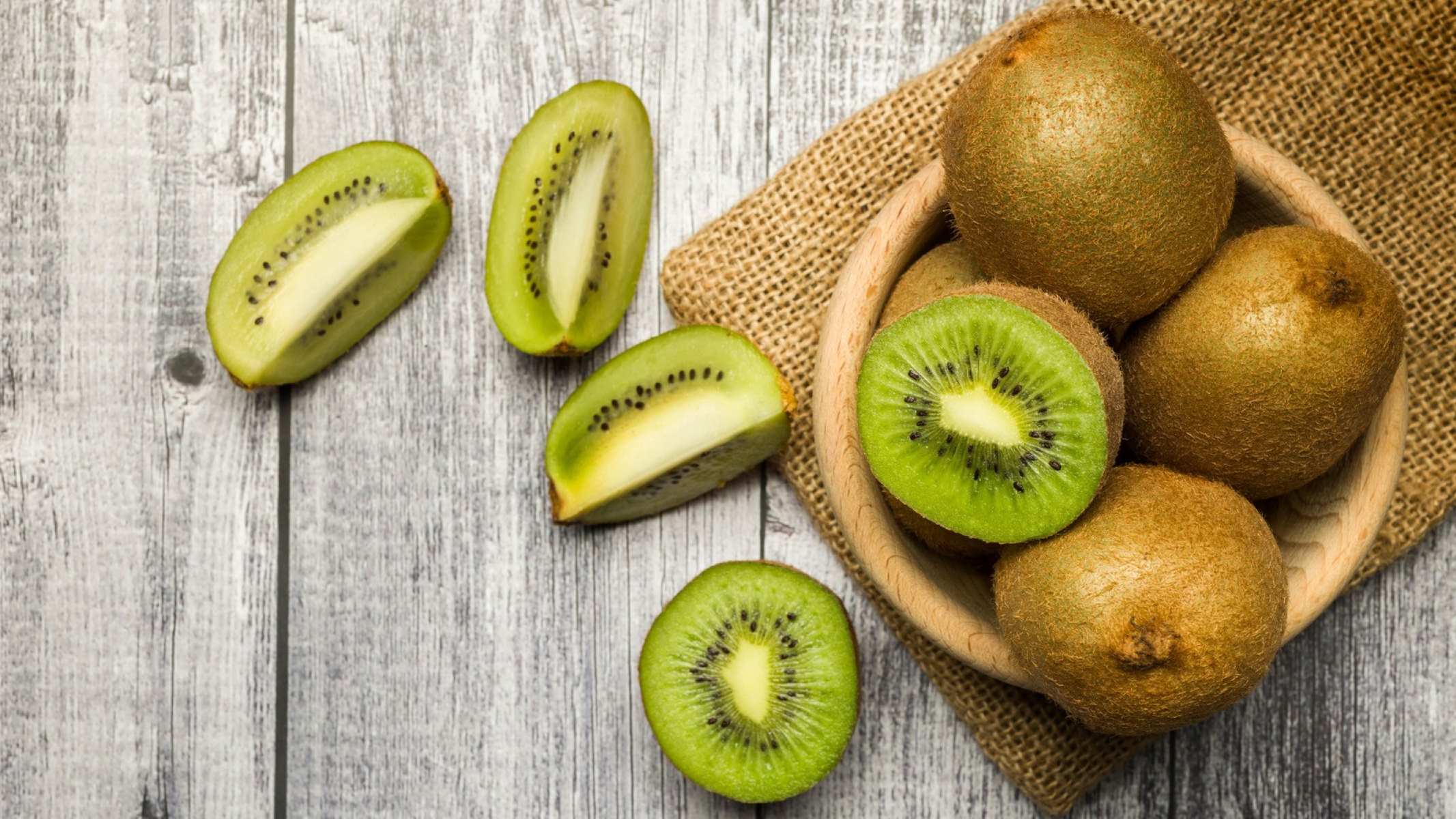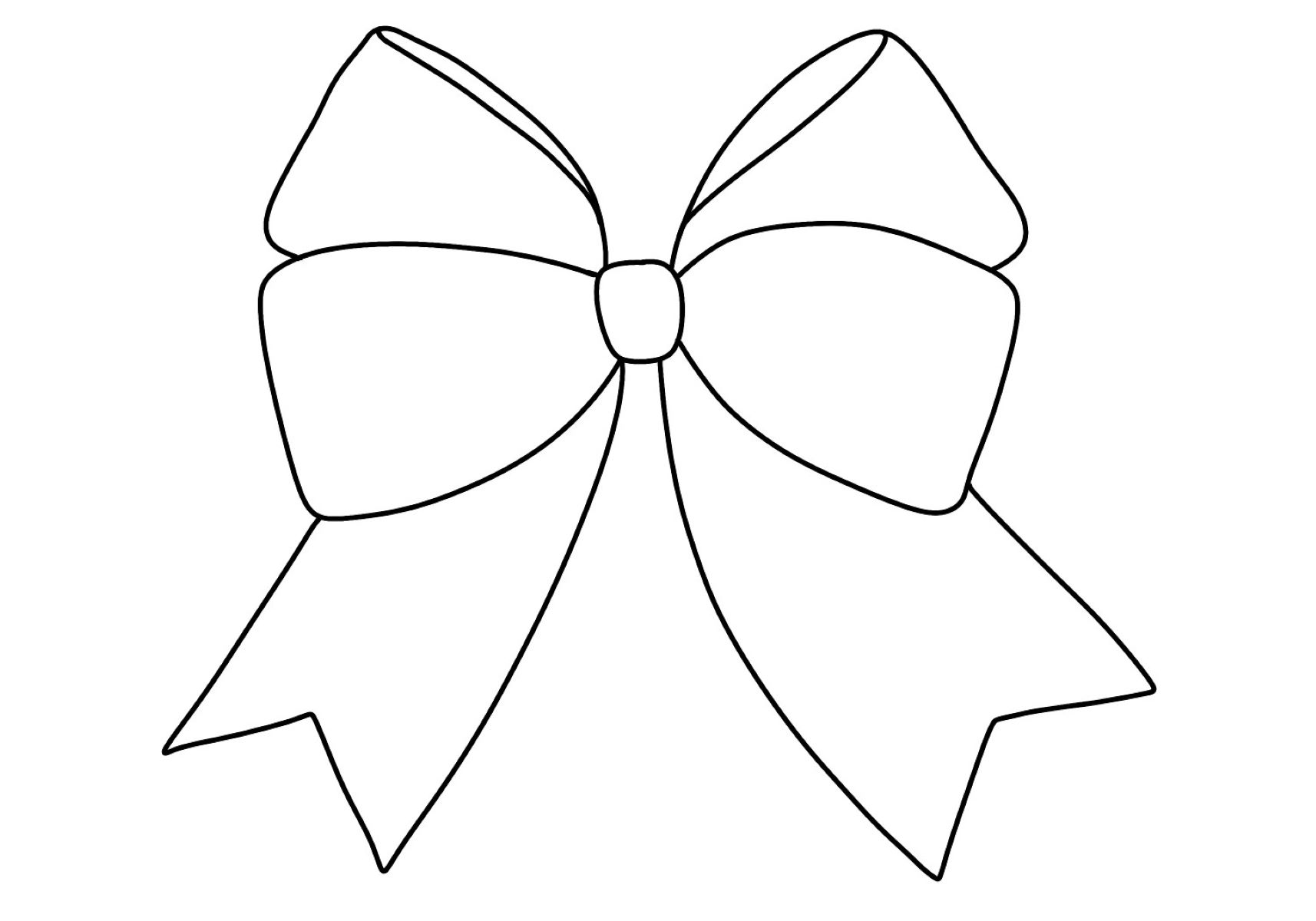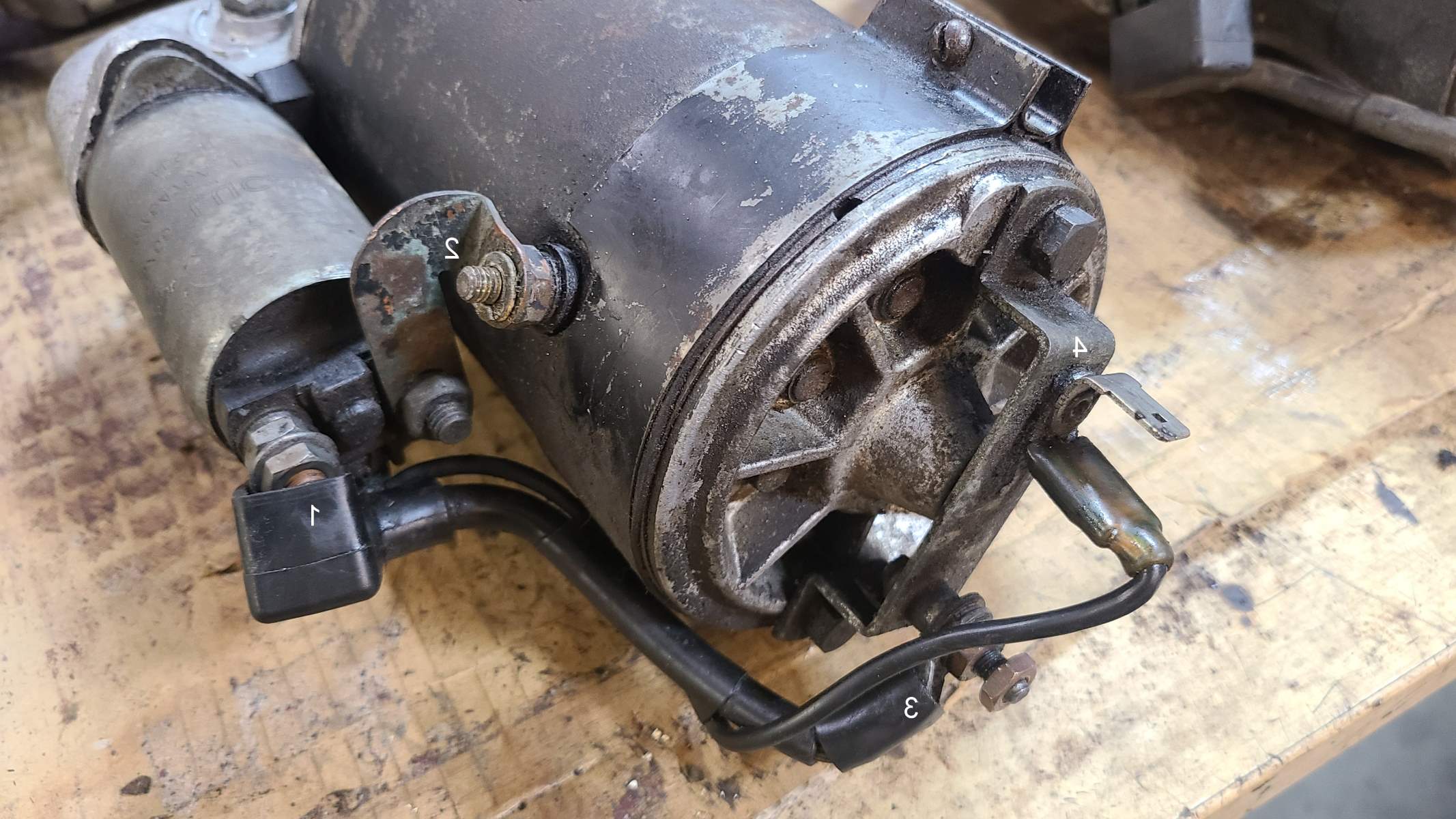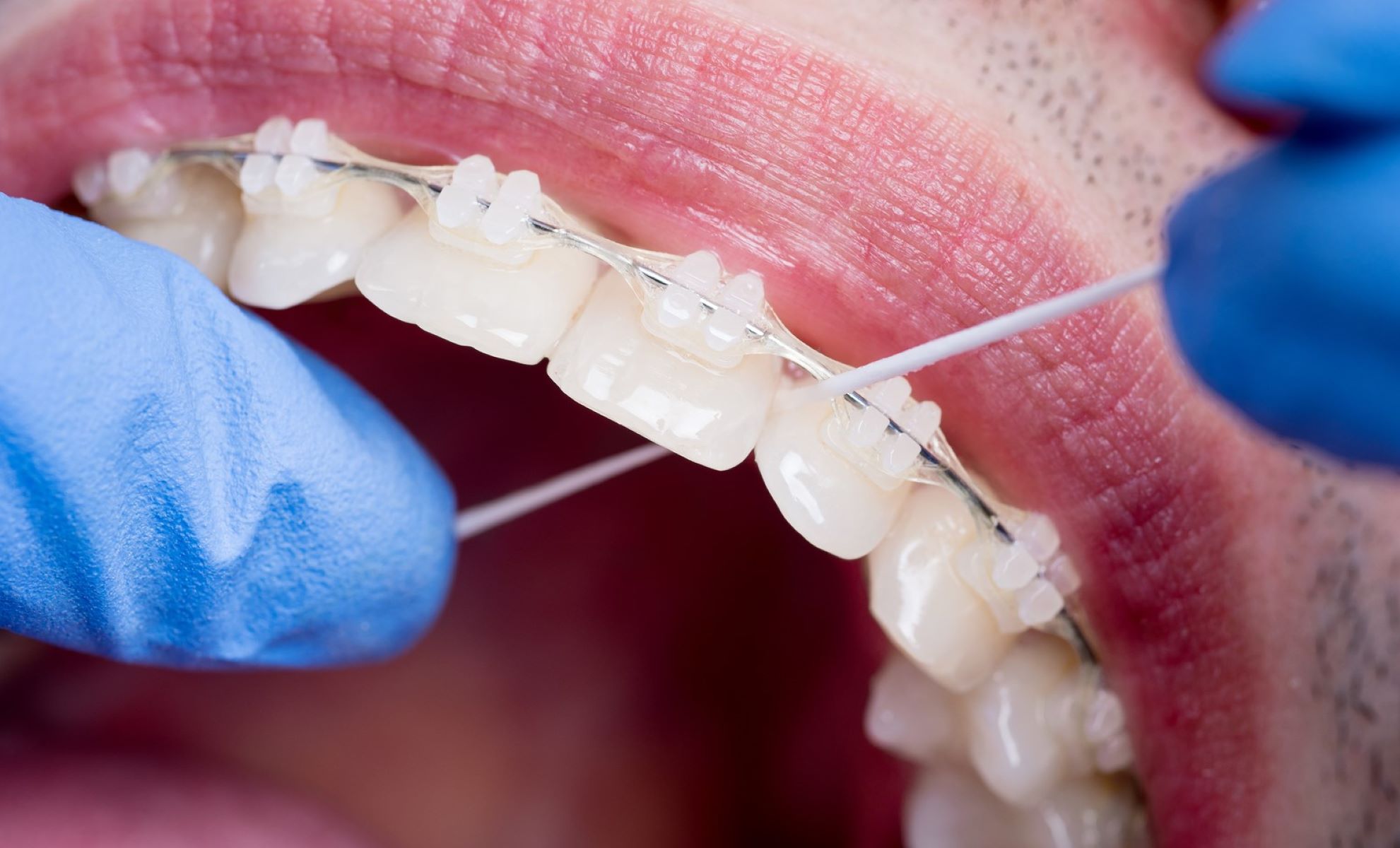

Lifestyle
How To Floss With Braces
Published: March 6, 2024
Learn how to properly floss with braces and maintain good oral hygiene as part of your lifestyle. Get tips and techniques for effective flossing with braces.
(Many of the links in this article redirect to a specific reviewed product. Your purchase of these products through affiliate links helps to generate commission for Regretless.com, at no extra cost. Learn more)
Table of Contents
Introduction
Flossing is an essential part of maintaining good oral hygiene, and it becomes even more crucial when you have braces. Braces create additional nooks and crannies where food particles and plaque can easily get trapped, making it challenging to keep your teeth and gums clean. As a result, flossing with braces requires a bit more effort and attention to detail, but the benefits of doing so are invaluable.
When you have braces, it's common to experience an increased risk of plaque buildup and potential tooth decay. This is primarily due to the brackets and wires creating small spaces that are difficult to reach with a regular toothbrush. Without proper flossing, these areas can become a breeding ground for bacteria, leading to gum inflammation, bad breath, and even more severe dental issues.
In this comprehensive guide, we will delve into the importance of flossing with braces and provide you with practical tips and techniques to ensure that you maintain optimal oral health throughout your orthodontic treatment. From selecting the right flossing tools to mastering the step-by-step process, you'll gain valuable insights that will empower you to navigate the unique challenges of flossing with braces with confidence.
By the end of this article, you will have a clear understanding of the significance of flossing with braces and the necessary knowledge to incorporate effective flossing practices into your daily oral care routine. Let's embark on this journey to discover the key to achieving a healthy, radiant smile while wearing braces.
Read more: How To Be A Player
Why Flossing with Braces is Important
Flossing with braces is not just a recommended practice; it is a crucial aspect of maintaining optimal oral health during orthodontic treatment. The presence of braces introduces new challenges to oral hygiene, making it essential to understand why flossing is particularly important in this context.
First and foremost, braces create intricate structures within the mouth, including brackets, wires, and bands, which can easily trap food particles and plaque. Without proper flossing, these trapped particles can lead to the accumulation of bacteria, ultimately causing tooth decay, gum disease, and bad breath. The risk of these issues is significantly heightened when braces are involved, making consistent and thorough flossing an imperative part of oral care.
Moreover, neglecting to floss with braces can result in the development of white spots on the teeth, a common indicator of decalcification. This occurs when plaque buildup erodes the enamel, leaving behind visible marks. Flossing helps to prevent this by removing plaque and food debris from hard-to-reach areas, preserving the overall health and appearance of the teeth.
Furthermore, maintaining healthy gums is essential during orthodontic treatment, and flossing plays a pivotal role in achieving this. When food particles and plaque accumulate around the gum line due to braces, it can lead to inflammation and potential gum disease. Regular flossing helps to prevent these issues, promoting gum health and reducing the risk of complications that could prolong orthodontic treatment.
In addition to the immediate oral health benefits, establishing good flossing habits during orthodontic treatment sets the foundation for a lifetime of healthy oral care practices. By prioritizing flossing with braces, individuals develop a heightened awareness of the importance of thorough oral hygiene, which can translate into long-term benefits for their dental well-being.
In essence, flossing with braces is important because it directly addresses the unique challenges posed by orthodontic appliances, safeguarding against potential oral health issues and laying the groundwork for a lifetime of healthy smiles. Understanding the significance of flossing with braces empowers individuals to take proactive measures in preserving their oral health throughout the duration of their orthodontic journey.
Choosing the Right Flossing Tools
Selecting the appropriate flossing tools is a critical step in ensuring effective oral hygiene, especially when navigating the challenges of flossing with braces. When it comes to orthodontic care, traditional flossing methods may prove to be cumbersome and less efficient. Therefore, it's essential to explore alternative flossing tools that are specifically designed to accommodate braces and facilitate thorough cleaning. Here are some key considerations to keep in mind when choosing the right flossing tools for braces:
-
Waxed Floss: Opt for waxed floss, as it easily glides between the teeth and braces without getting caught or frayed. The smooth texture of waxed floss minimizes the risk of shredding, making it ideal for navigating around brackets and wires.
-
Floss Threaders: These handy tools are designed to thread floss under the archwires, allowing for seamless maneuvering between teeth and around braces. Floss threaders simplify the flossing process by eliminating the need to struggle with threading regular floss through tight spaces.
-
Orthodontic Flossers: Specifically crafted for individuals with braces, orthodontic flossers feature a unique design that facilitates efficient flossing around orthodontic appliances. These disposable flossing tools often come with a slender arm to reach beneath wires, making it easier to access hard-to-reach areas.
-
Interdental Brushes: In addition to traditional floss, interdental brushes can be invaluable for cleaning between brackets and wires. These small brushes are adept at dislodging food particles and plaque from areas that may be challenging to reach with standard floss.
-
Water Flossers: Water flossers, also known as oral irrigators, offer a gentle yet effective alternative to traditional flossing. These devices use a stream of water to dislodge debris and bacteria from between teeth and around braces, providing a thorough clean without the need for manual threading.
By carefully considering these flossing tools and their suitability for braces, individuals can make informed choices that align with their specific orthodontic needs. It's important to experiment with different tools to determine which ones are most comfortable and effective for personal use. Ultimately, selecting the right flossing tools empowers individuals to maintain optimal oral hygiene throughout their orthodontic journey, promoting healthy teeth and gums while wearing braces.
Step-by-Step Guide to Flossing with Braces
Flossing with braces requires a systematic approach to ensure thorough cleaning and the removal of trapped debris. Follow these step-by-step instructions to master the art of flossing with braces:
-
Prepare Your Flossing Tools: Begin by selecting the flossing tool of your choice, such as waxed floss, floss threaders, or orthodontic flossers. Ensure that you have enough floss to work with, typically around 18 inches, to allow for a fresh section between each tooth.
-
Thread the Floss: If using traditional waxed floss, cut a suitable length and carefully thread it through a floss threader. For those using orthodontic flossers, simply position the flosser beneath the archwire to access the spaces between your teeth and braces.
-
Maneuver Between Teeth: Gently guide the floss between two teeth, taking care to avoid snapping or forcing it, which could damage the braces. Once the floss is in place, carefully move it up and down along the sides of each tooth to remove plaque and debris.
-
Navigate Around Braces: When flossing around the braces, pay close attention to the areas where the brackets and wires meet the teeth. Use a gentle back-and-forth motion to ensure that the floss effectively cleans these intricate spaces.
-
Repeat for Each Tooth: Progress through each tooth, using a fresh section of floss for every new space. Take your time and be thorough, ensuring that you address both the front and back surfaces of each tooth, as well as the spaces between them.
-
Utilize Interdental Brushes or Water Flossers: In addition to traditional floss, consider using interdental brushes or water flossers to target hard-to-reach areas. These supplementary tools can provide comprehensive cleaning around braces, further enhancing your oral hygiene routine.
-
Rinse and Inspect: Once you have flossed between all of your teeth and around your braces, rinse your mouth with water to remove any loosened debris. Take a moment to inspect your teeth and braces in the mirror, ensuring that they are clean and free from any remaining plaque or food particles.
By following this step-by-step guide, individuals can effectively navigate the intricacies of flossing with braces, promoting optimal oral hygiene and minimizing the risk of dental issues associated with orthodontic treatment. Consistent and meticulous flossing, coupled with the use of appropriate flossing tools, is key to maintaining a healthy and radiant smile throughout the braces-wearing journey.
Tips for Effective Flossing with Braces
Flossing with braces can be a challenging task, but with the right approach and techniques, it can become a manageable and effective part of your oral care routine. Here are some valuable tips to enhance the effectiveness of flossing with braces:
-
Consistency is Key: Make flossing a daily habit. Consistent flossing helps prevent the accumulation of plaque and food particles, reducing the risk of dental issues during orthodontic treatment.
-
Take Your Time: Flossing with braces requires patience and attention to detail. Allocate sufficient time to thoroughly clean between each tooth and around the braces, ensuring that no areas are overlooked.
-
Use Proper Technique: When maneuvering the floss between teeth and around braces, be gentle yet thorough. Avoid applying excessive force, as this could damage the braces or irritate the gums. Instead, use a gentle back-and-forth motion to effectively clean hard-to-reach areas.
-
Explore Interdental Brushes: In addition to traditional floss, consider incorporating interdental brushes into your flossing routine. These small brushes are adept at dislodging debris from between brackets and wires, complementing the cleaning process.
-
Regular Dental Check-ups: Schedule regular dental appointments to monitor your oral health and address any concerns related to braces. Your dentist can provide personalized guidance on flossing techniques and recommend additional oral care practices tailored to your specific needs.
-
Stay Hydrated: Drinking an adequate amount of water can help flush out food particles and reduce the buildup of plaque. Staying hydrated contributes to overall oral health and supports the effectiveness of flossing with braces.
-
Seek Professional Advice: If you encounter challenges or have specific concerns about flossing with braces, don't hesitate to seek advice from your orthodontist or dental hygienist. They can offer valuable insights and demonstrate proper flossing techniques tailored to your unique orthodontic setup.
-
Mindful Eating: Be mindful of the foods you consume, especially those that are prone to getting stuck in braces. Minimizing the intake of sticky or hard-to-clean foods can make flossing more manageable and contribute to better oral hygiene.
-
Celebrate Progress: Acknowledge the effort you put into maintaining good oral hygiene with braces. Celebrate your commitment to flossing as an essential part of your journey towards a healthy, beautiful smile.
By incorporating these tips into your flossing routine, you can optimize the effectiveness of your oral care efforts while wearing braces. Consistent, thorough flossing, coupled with the use of appropriate tools and techniques, is instrumental in preserving the health and appearance of your teeth and gums throughout orthodontic treatment.
Read more: How To Draw Flames
Conclusion
In conclusion, flossing with braces is not merely a routine task; it is a fundamental pillar of maintaining optimal oral health throughout orthodontic treatment. The unique challenges presented by braces underscore the importance of adopting effective flossing practices to safeguard against potential dental issues. By understanding the significance of flossing with braces and embracing the right tools and techniques, individuals can navigate this aspect of oral care with confidence and diligence.
Consistency in flossing is paramount, as it serves as a proactive measure against plaque buildup and food particle entrapment, which are common concerns associated with braces. The daily commitment to thorough flossing contributes to the prevention of tooth decay, gum inflammation, and other oral health complications, ultimately supporting the overall success of orthodontic treatment.
Choosing the right flossing tools tailored to braces, such as waxed floss, floss threaders, orthodontic flossers, interdental brushes, and water flossers, empowers individuals to effectively navigate around brackets and wires, ensuring comprehensive cleaning. This deliberate selection of flossing tools aligns with the specific needs of braces, enabling individuals to maintain optimal oral hygiene with ease and precision.
The step-by-step guide to flossing with braces provides a clear roadmap for mastering the art of flossing in the presence of orthodontic appliances. By following these instructions and incorporating supplementary tools where necessary, individuals can elevate their flossing routine to effectively address the intricacies of braces, promoting a clean and healthy oral environment.
Furthermore, the invaluable tips for effective flossing with braces offer actionable insights that enhance the overall flossing experience. From emphasizing consistency and proper technique to exploring additional oral care practices and seeking professional guidance, these tips empower individuals to optimize their flossing routine and maintain a proactive approach to oral health.
In essence, flossing with braces is a proactive investment in long-term oral health. By embracing the significance of flossing, selecting the right tools, mastering the technique, and integrating valuable tips into their routine, individuals can navigate the challenges of braces with confidence, ensuring that their oral health remains a top priority throughout their orthodontic journey. This commitment to flossing not only supports the success of orthodontic treatment but also lays the foundation for a lifetime of healthy smiles.





